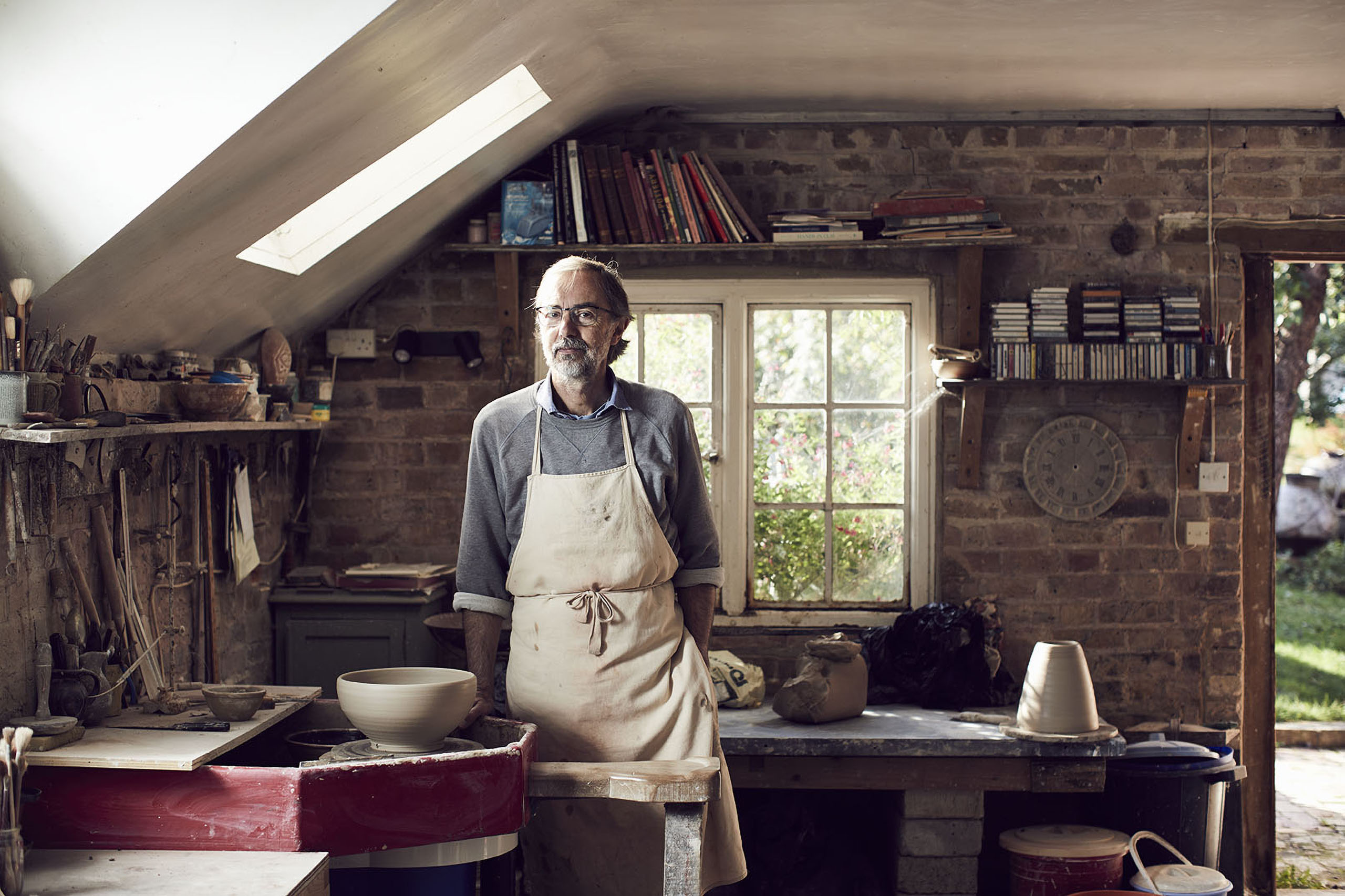
Artwave
Events | Art
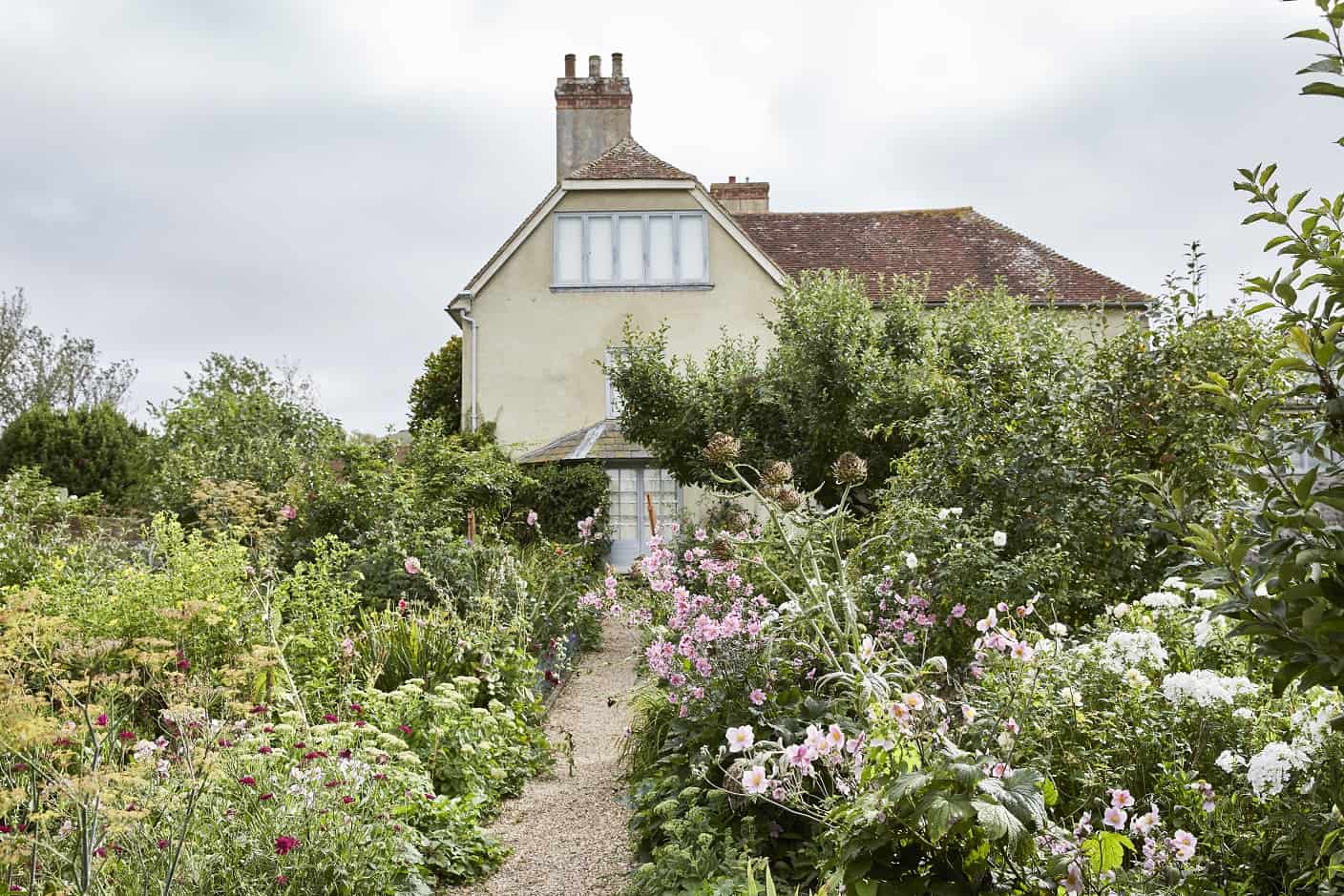
Radical may not be the first word that comes to mind when you think of Sussex, but rewind 100 years or so and Sussex was a beacon for writers, artists and designers looking for inspiration outside of the city. Sussex and its unique landscape suited their avant-garde ideas, their alternative lifestyles and independent spirits. Their creative legacy can still be felt here today – it’s like a cultural hothouse overflowing with galleries, museums, artists’ houses, and performance venues.
Let’s take a look at some of the more well-known artists that embraced Sussex as their home.
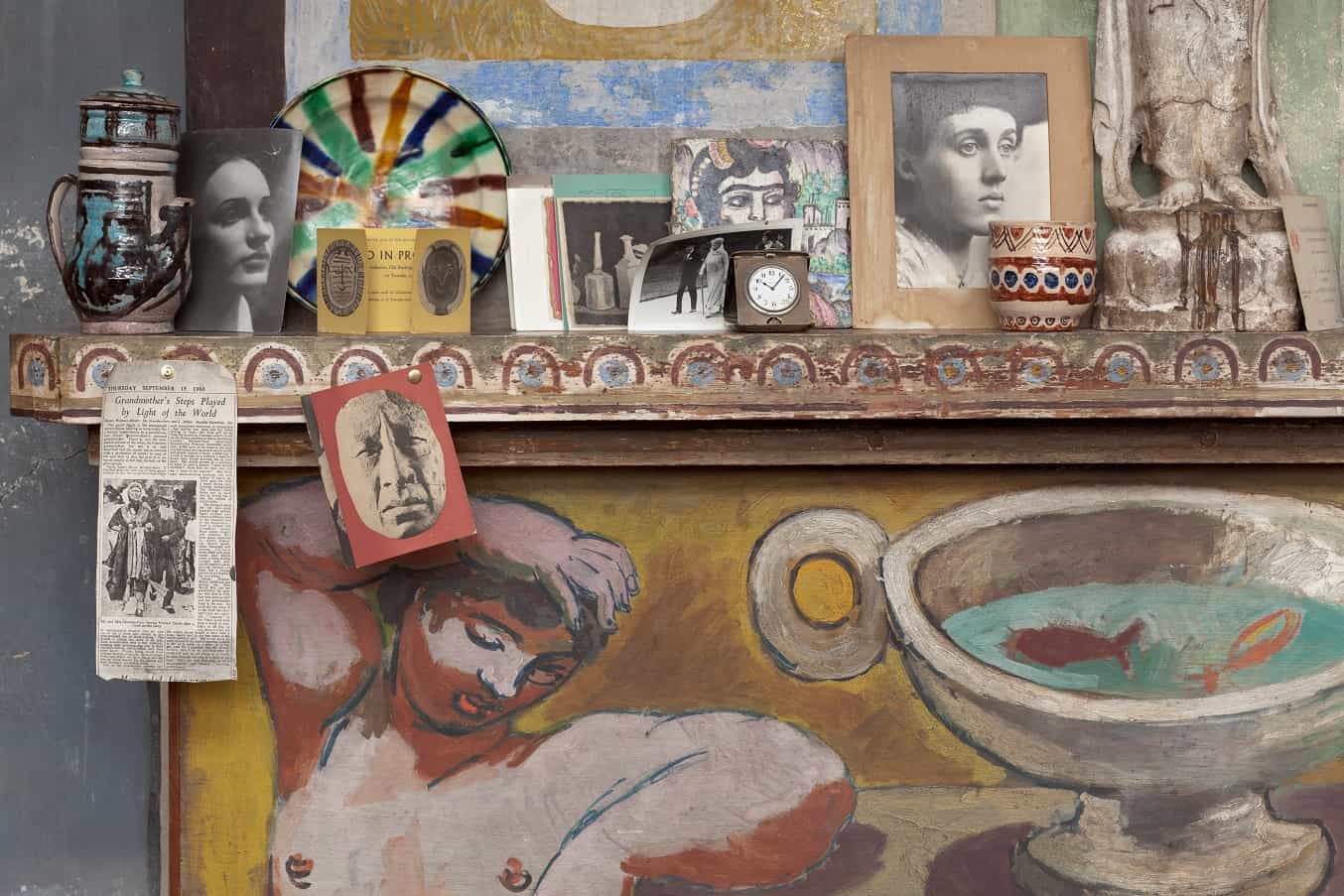
In 1916, on her sister Virginia Woolf’s recommendation, artists Vanessa Bell and Duncan Grant left their London home and relocated to the now infamous Sussex farmhouse, Charleston. It was to become the heart of The Bloomsbury Group – a haven for progressive artists, writers, and thinkers such as Clive Bell, Dora Carrington, and Roger Fry.
Away from wartime London, Bell, Grant, and the rest of the Group embraced new found freedoms, and an alternative, anti-establishment lifestyle. Although their art is often overshadowed by their unconventional, and various romantic affairs, they were both trailblazing avant-garde artists. They blew the timid Victorian sensibilities out of the water with their unapologetically loud, abstract, brightly coloured paintings and designs. They were inspired by continental artists such as Vincent Van Gogh, Paul Cézanne, and Paul Gauguin – artists who had gatecrashed the British imagination off the back of Roger Fry’s explosive, game-changing exhibition ‘Manet and the Post-Impressionists’, 1910.
Joe Public was outraged, but Bell, Grant and the Bloomsbury Group were inspired! Their art from this point on was in the spirit of Post-Impressionism, as were their contributions to the design collective, Omega Workshops.
Charleston farmhouse is currently closed, but you can book a time-slot to explore the beautiful artists’ gardens. The closure, due to COVID-19, has been financially devastating – you can donate to Charleston’s emergency appeal here.
Read more about the Bloomsbury Group.
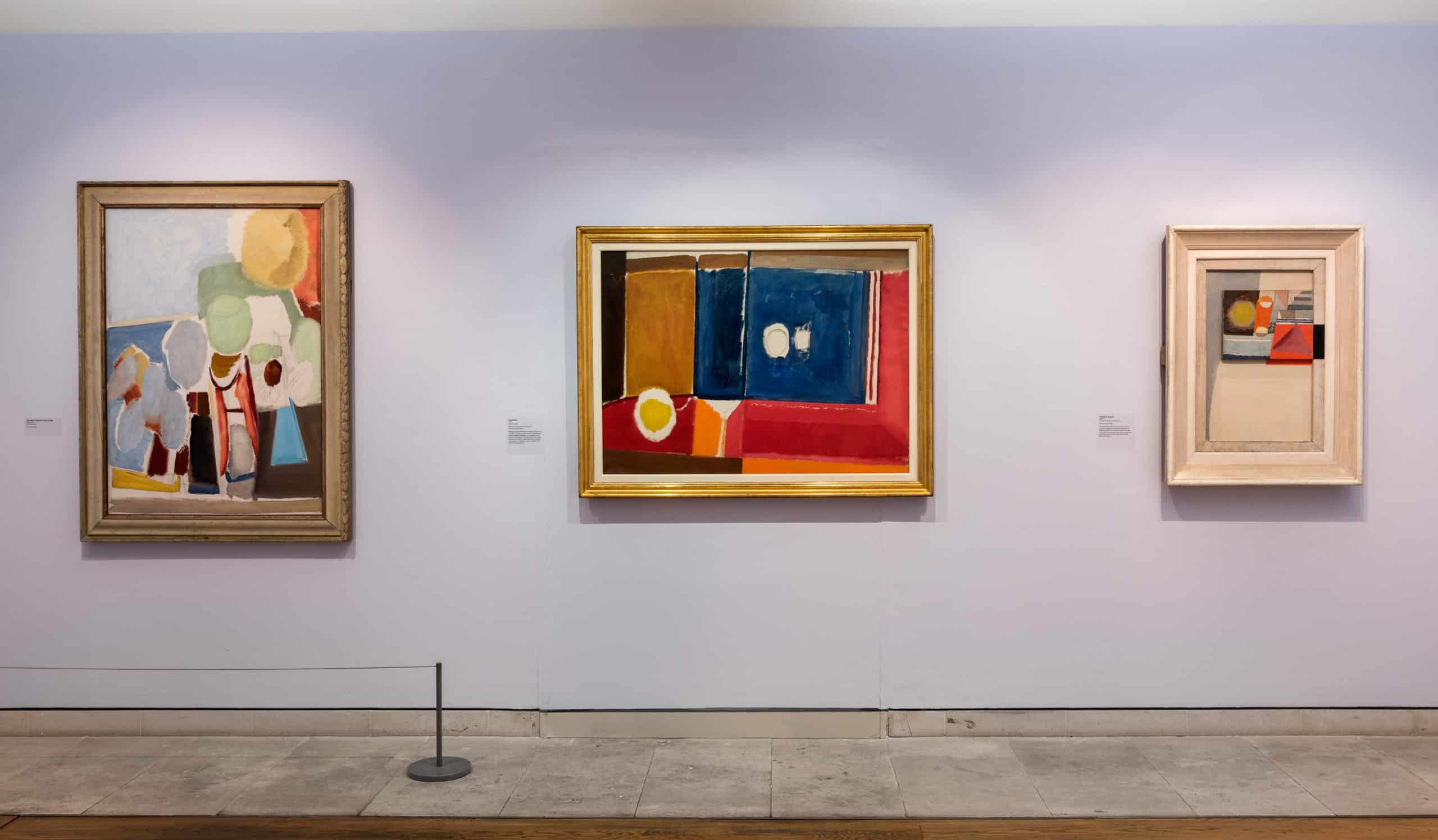
Arguably one of Britain’s most popular twentieth century painters, Ivon Hitchens is most well known for his brightly-coloured, abstract landscapes; almost all of which are of the Sussex landscape! He was at the forefront of the British avant-garde alongside other well-known artists such as Winifred and Ben Nicholson, Henry Moore, and Barbara Hepworth. After his London studio was bombed, Hitchens, his wife Mollie, and their baby son moved to Sussex in their bright red travellers’ caravan. It’s safe to say that he never looked back…
From this point forward, the artist’s inspiration was the Sussex landscape – Didling, Iping Common, Heyshott, Cocking and Duncton – but especially the six acres of woodland that surrounded his new home. Hitchens painted the landscape again, again, and again, for the rest of his life. He may have been out in the countryside, but he stayed at the forefront of modern art, pioneering the new panoramic ‘letterbox’ landscape format he is famous for.
It’s now possible to quite literally walk in Hitchens’ footsteps thanks to this special walking route around some of the artist’s favourite spots in Sussex; a collaboration between the South Downs National Park and Pallant House Gallery.
Pallant House Gallery, who has a number of works by the artist, is open now. Discover more about Ivon Hitchens.
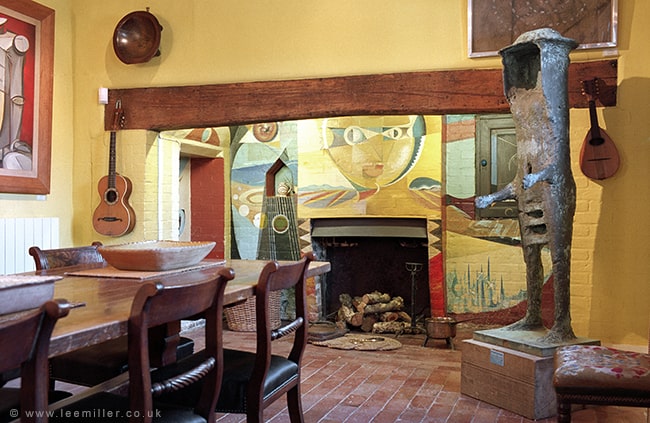
Among other things, American-born Lee Miller was [takes a deep breath]…, a Surrealist, a photographer, a Vogue model, and a WWII correspondent! In 1937, a chance meeting with Surrealist artist and poet Roland Penrose, whom she later married, prompted her move to the UK. Penrose’s paintings made him one of Surrealism’s leading figures; for Miller it was her surreal photos and images. She is also well known for her extraordinary WWII photography.
In 1949, in search of fresh inspiration, the couple upped sticks, left the city-life behind them, and relocated to Sussex. It wasn’t quiet in the countryside for long though – their new home, Farley’s House & Gallery, became THE meeting place for the leading lights of modern art. Pablo Picasso stayed in 1950, and Max Ernst, Joan Miró, Man Ray, Leonora Carrington, and Dorothea Tanning all visited from Europe. Their eclectically decorated home became a reflection of them both as artists, as well as a record of those who visited. Think brightly coloured walls, rambling corridors, and art at every turn.
Read more about Farley’s, open now.
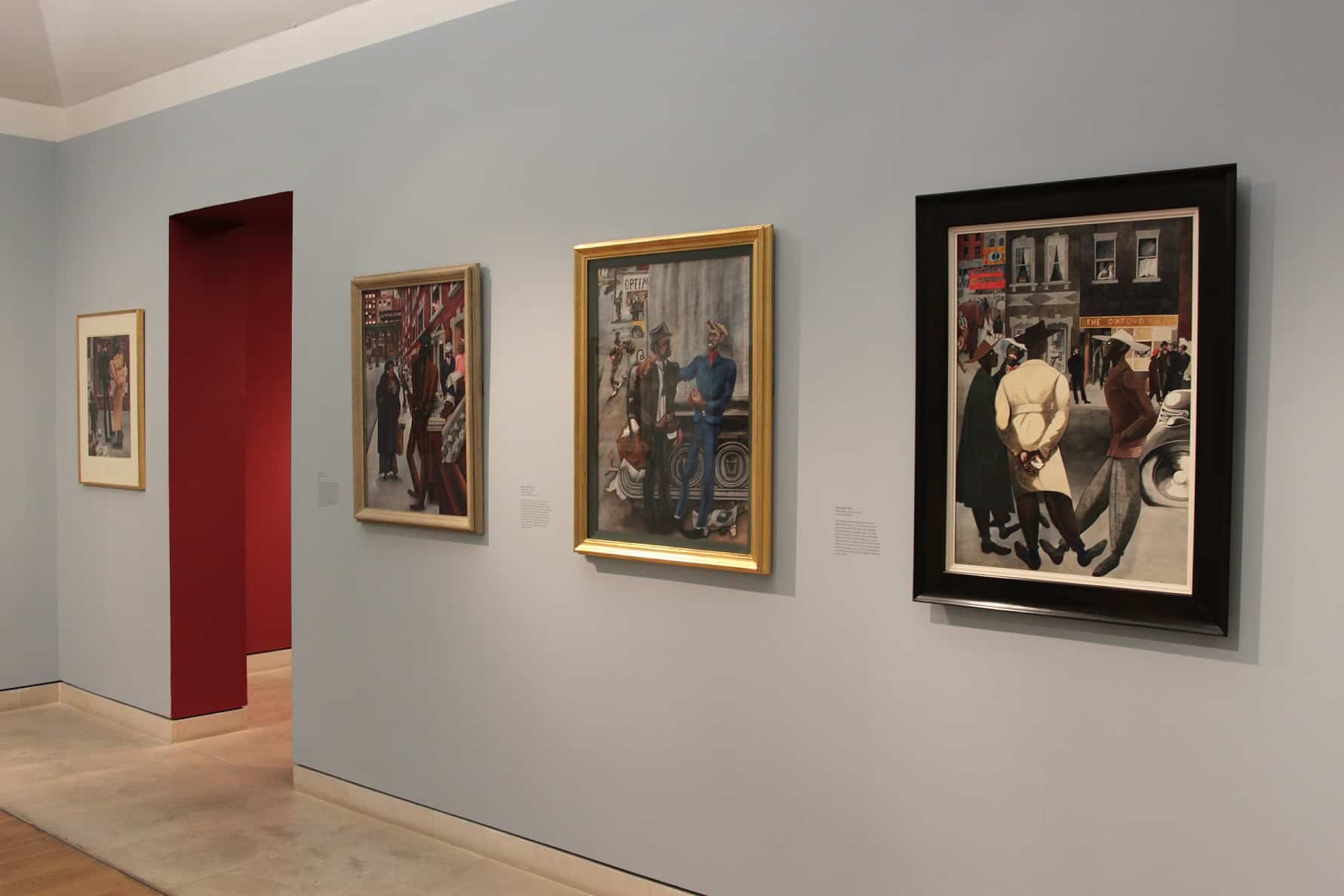
As an artist, Burra is best known for paintings inspired by his extensive travels throughout Europe, America, and Mexico. He spent so much time in America, New York and Boston particularly, that his friend, American poet Conrad Aiken described him as the ‘best painter of the American scene’ in the 1950s. He was inspired by popular culture and was drawn to nightlife, street culture, and generally the seedier side of life! In spite of this, Burra actually spent most of his life living in the quiet, picturesque Sussex town of Rye.
Burra was an unconventional artist in lots of respects, and when he did turn his hand to painting the rural Sussex landscape, it wasn’t in the sentimental landscape tradition you’d expect. His intense watercolour paintings captured all the nitty gritty, be it the electricity pylons in the distance, the main road in the foreground, or… cabbages?
Although he complained that Rye was overrun with “gyfterie and other forms of perversion”, for Burra, Rye was undeniably home…
Read more about the artist in this article.
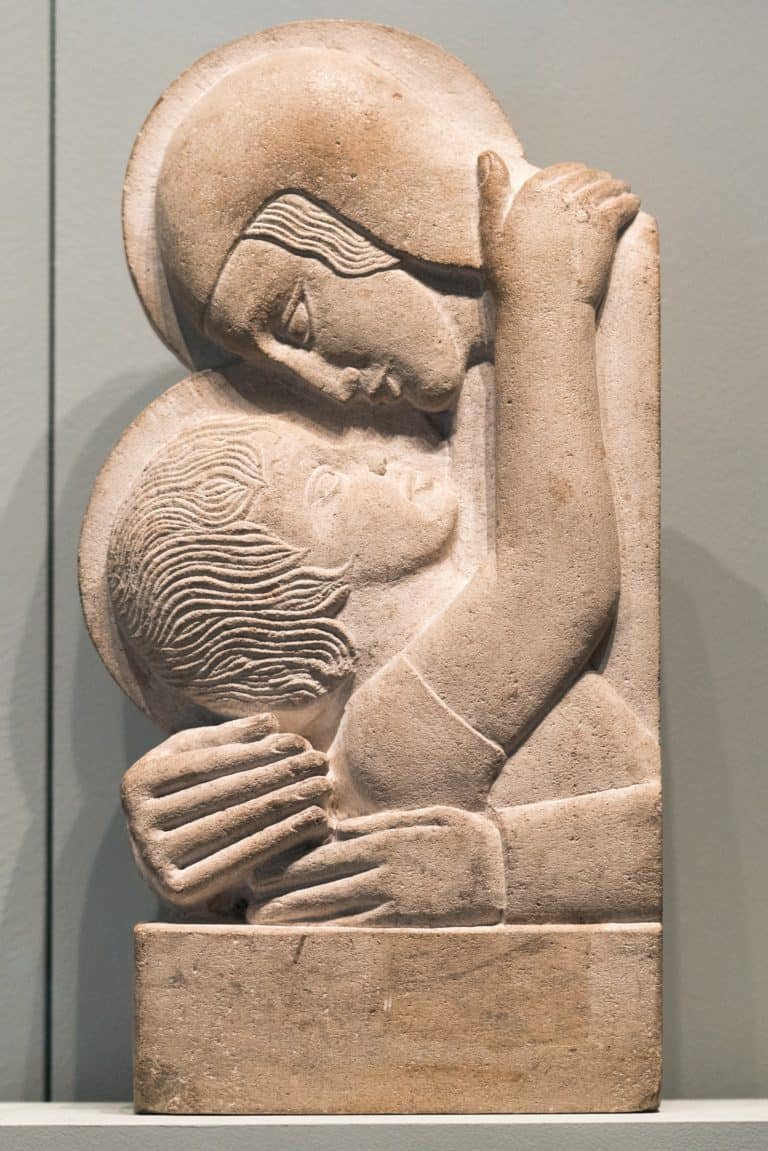
The humble village of Ditchling is clearly no ordinary village – in fact, it attracted artists and craftspeople throughout the twentieth century. Gill was not the first to be drawn here, but he certainly made an impression. He co-founded The Guild of St Joseph and St Dominic – a Roman Catholic artists community centred around principles of communal life and self-sufficiency – which became a magnet for other artists.
Gill had been working in Hammersmith as an inscription carver and calligrapher, but after returning to Sussex he was inspired to developed his work as a sculptor and wood engraver. His sculptural style and woodcuts, often religious, became iconic along with his typeface designs. You can see the famous ‘Gill’ typeface in action in our very own logo.
The Ditchling Museum of Art + Craft, open now, is dedicated to sharing the history of art and craft in the local area, whilst navigating the complexities of Gill’s legacy.
Read our guide to exploring the best modern and contemporary art in Sussex, Get your art + culture fix: Where’s open and what’s on?
Share your Sussex adventures with us, follow us on our social media channels – Instagram, Twitter and Facebook, and use the hashtag #StayModernStaySussex.
Stay in the know about all things Sussex Modern; sign up to our newsletter below.

Events | Art

Events | Art
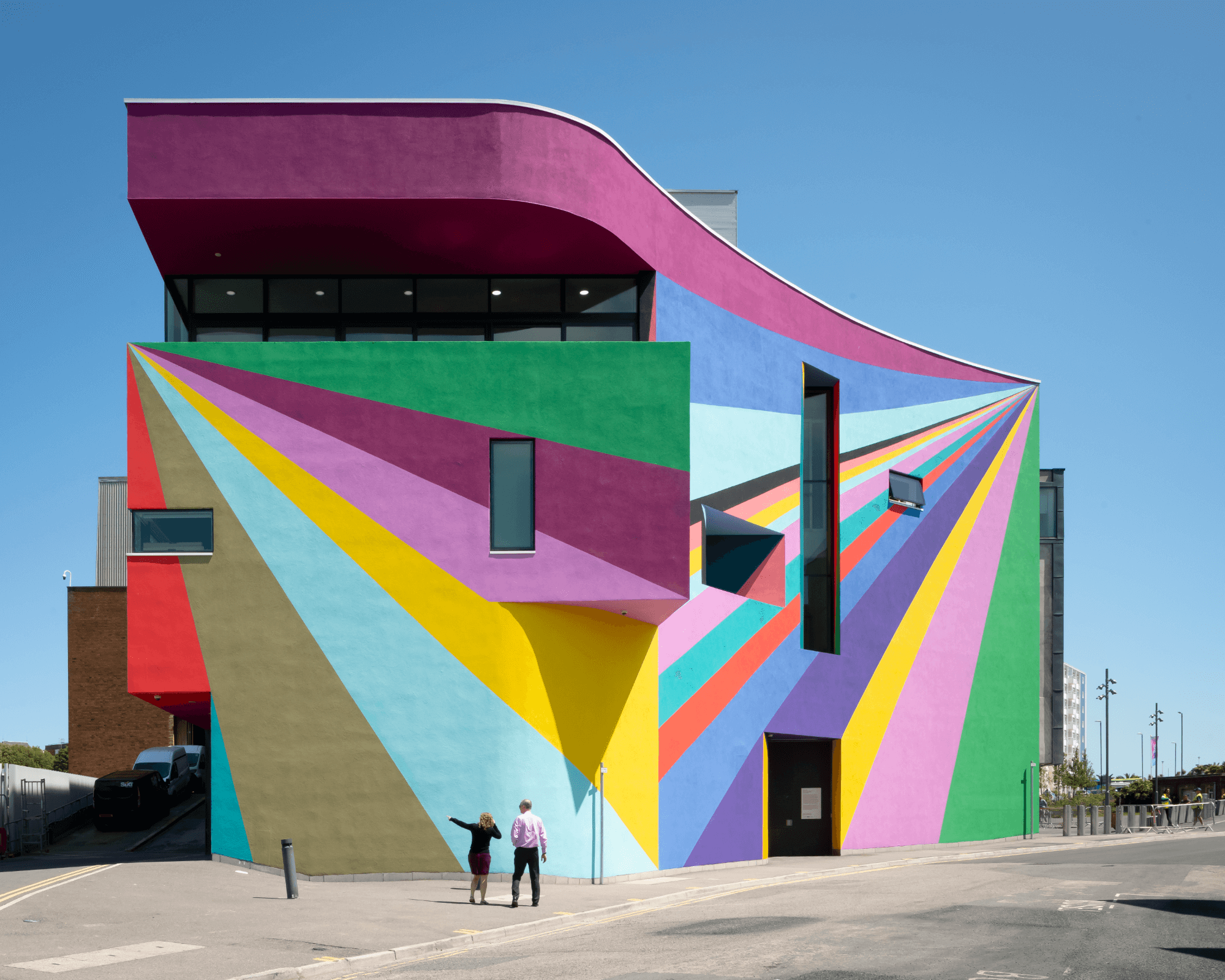
Art
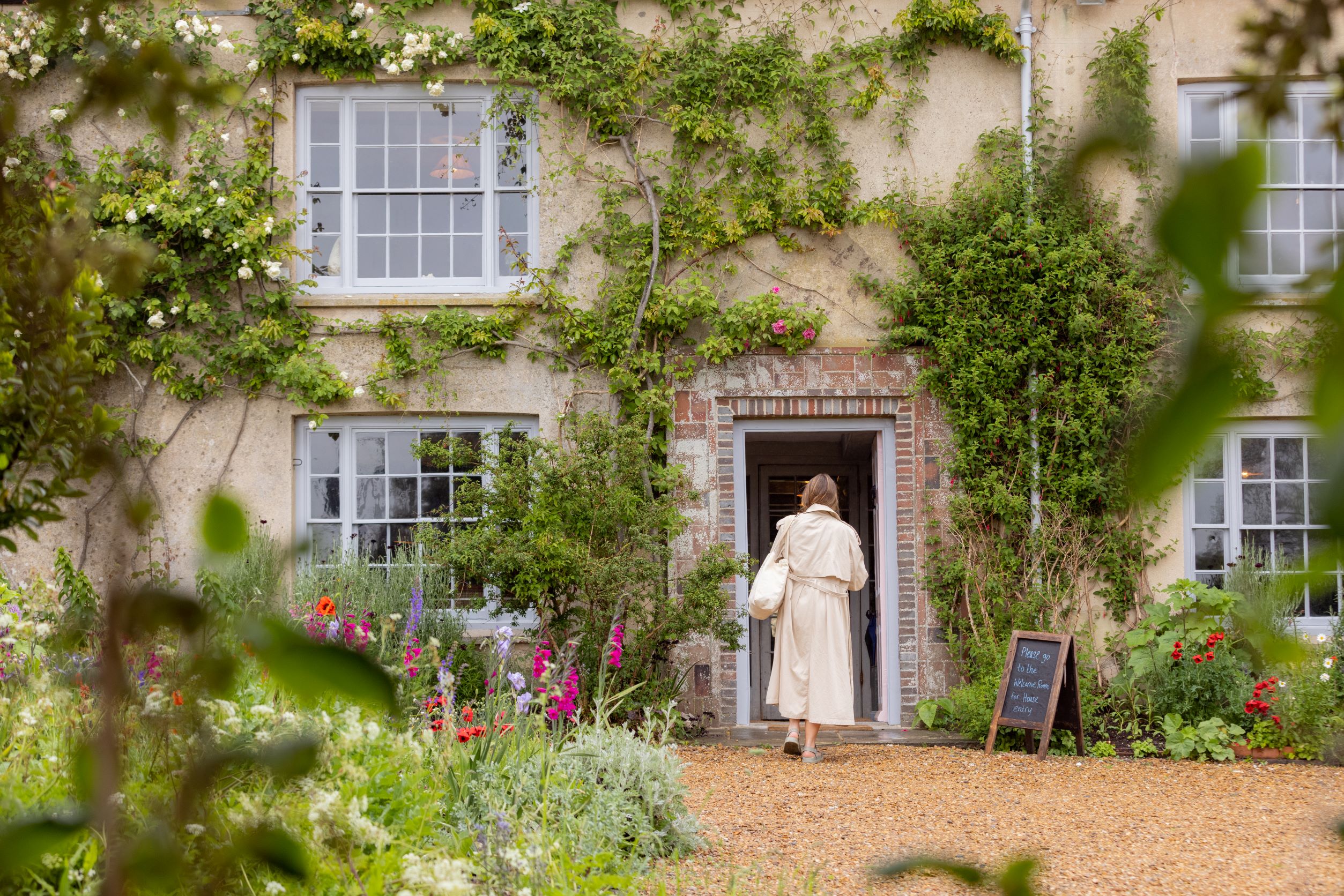
Art
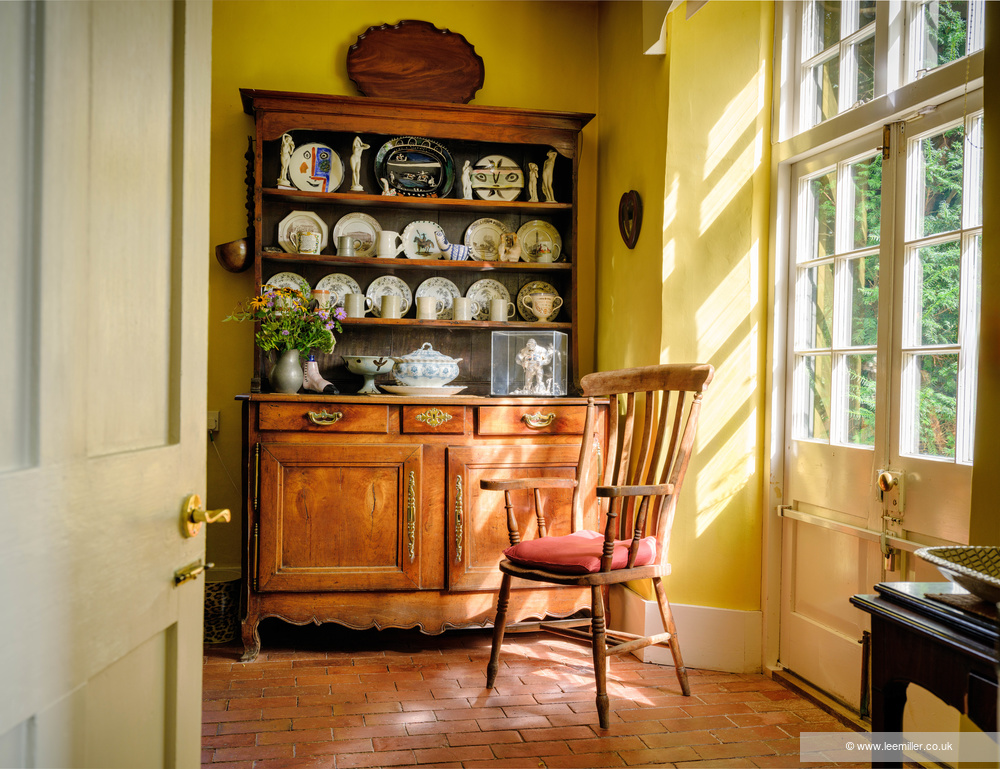
Art
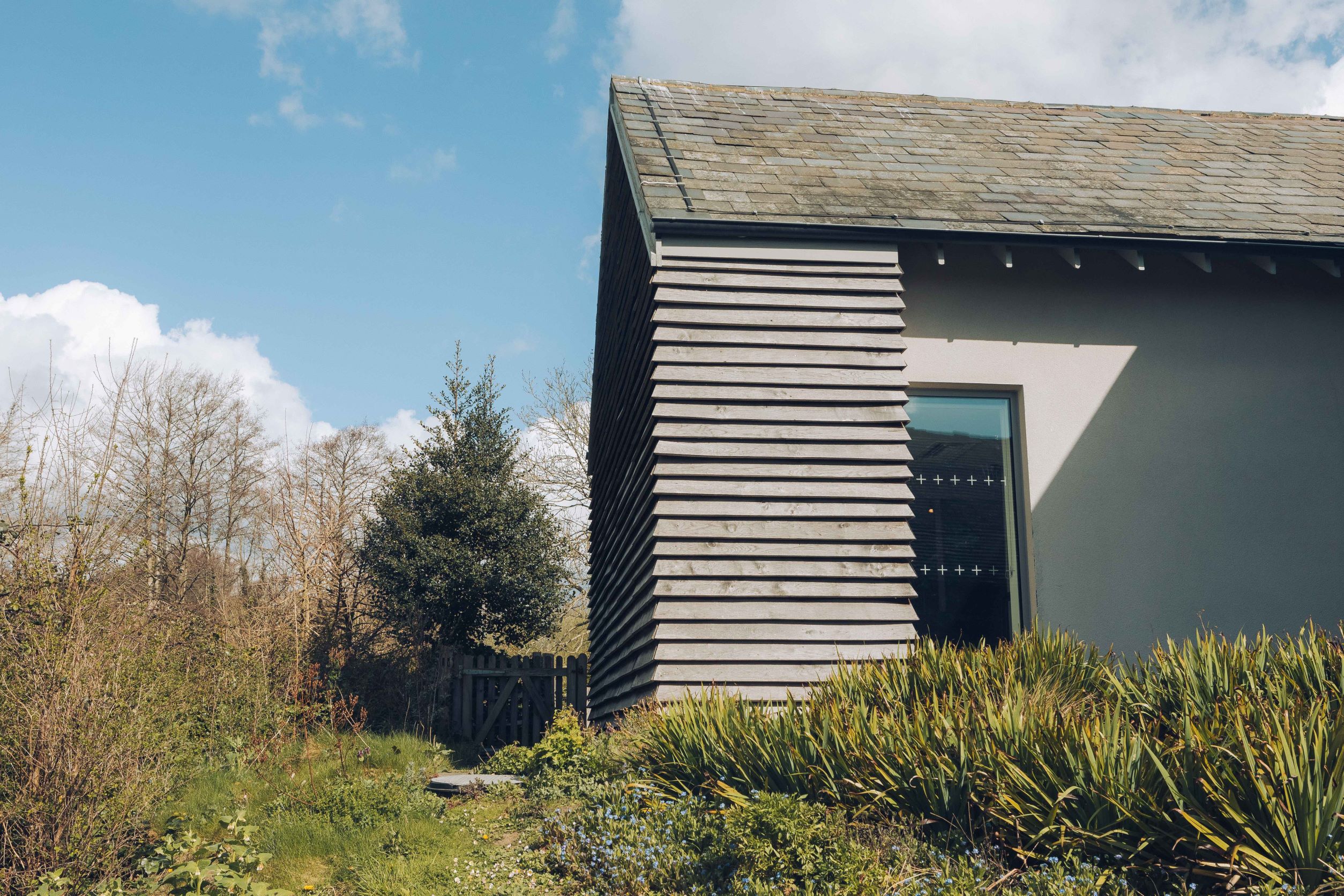
Art
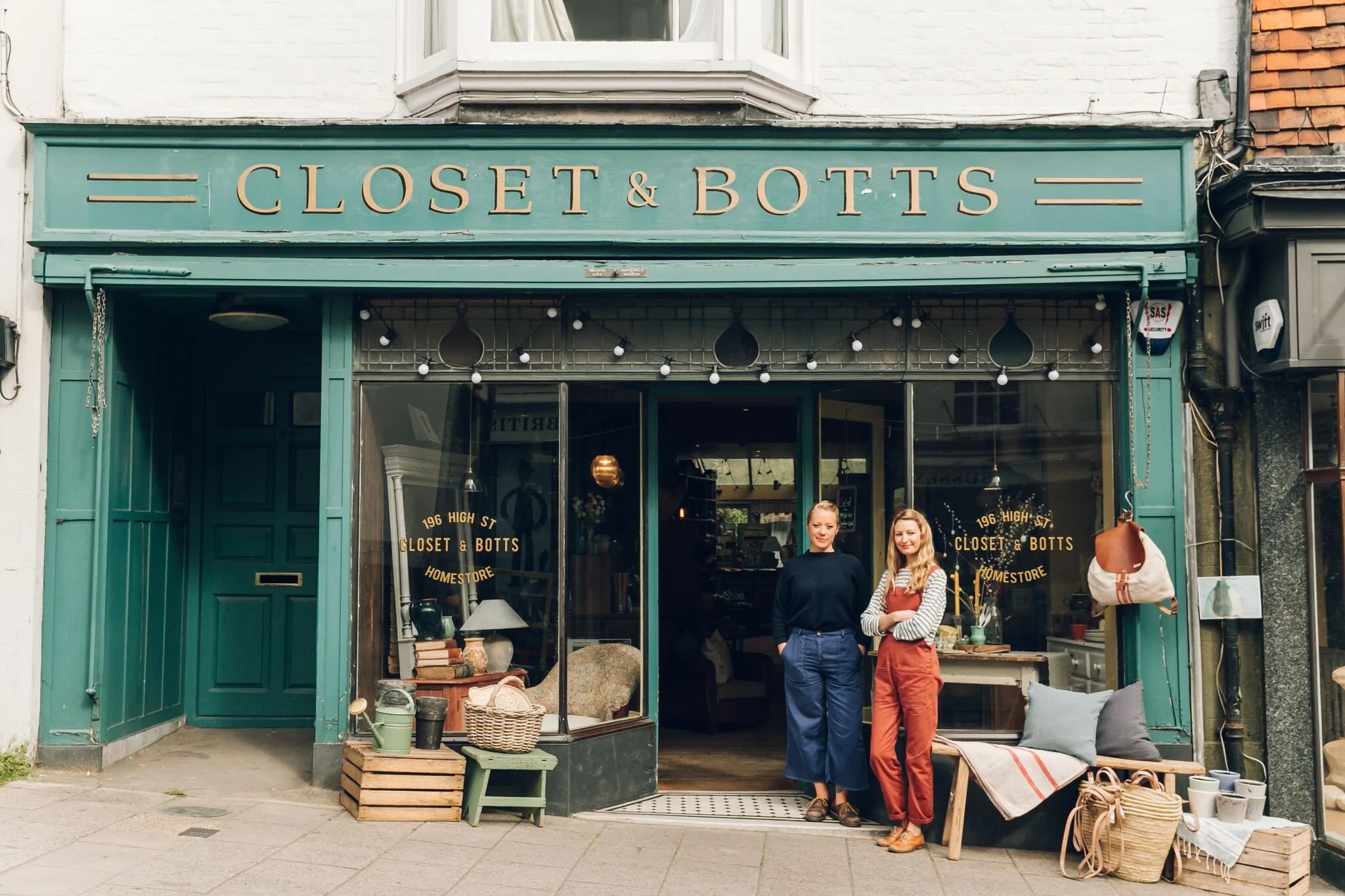
Story | Art | Landscape | Wine
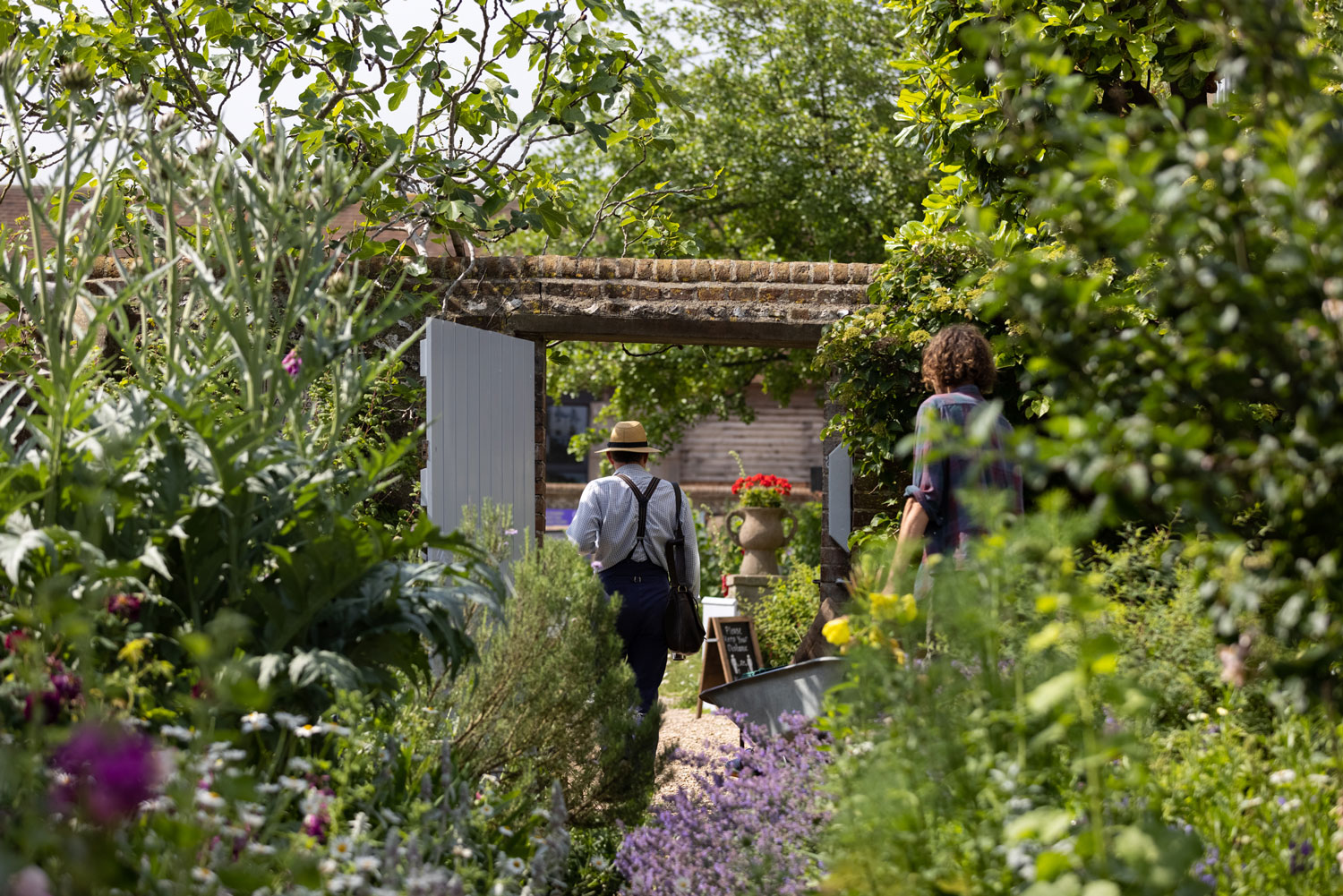
Story | Art | Landscape | Wine